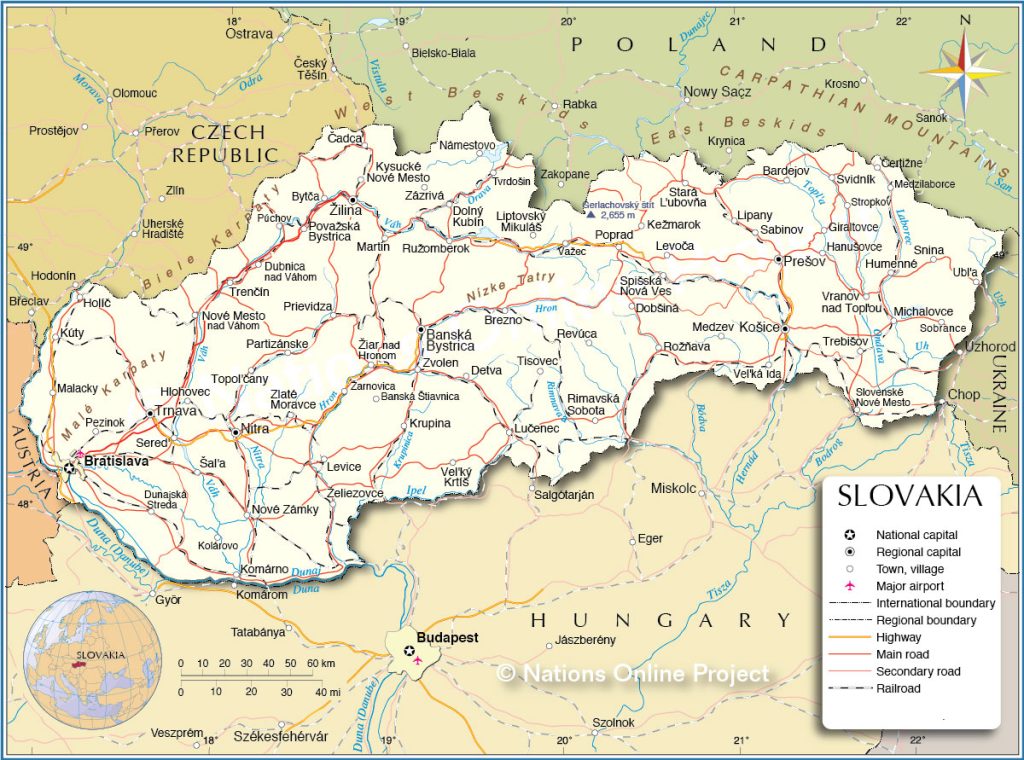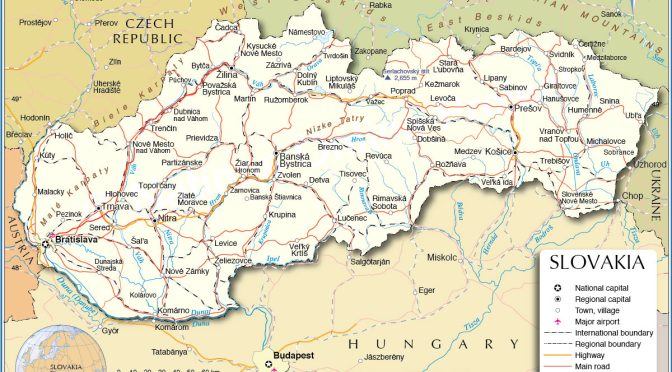The development of wind energy in Slovakia has been a topic of great interest in recent years, as the country seeks to diversify its energy sources and reduce its reliance on fossil fuels. With the European Union setting ambitious targets for renewable energy production, Slovakia is under pressure to increase its share of clean energy. In this context, wind energy has emerged as a promising option for the country, given its potential to provide a significant portion of the nation’s electricity needs.
Currently, Slovakia has a modest installed wind energy capacity, with only a few operational wind farms. However, the country has a significant untapped potential for wind power generation, particularly in the northern and western regions. According to a study conducted by the Slovak Wind Energy Association (SWEA), Slovakia has the potential to generate up to 3,500 MW of wind power, which could cover around 20% of the country’s electricity demand. This potential remains largely untapped due to various challenges, including regulatory barriers, lack of political support, and concerns about the impact of wind turbines on the environment and local communities.

Despite these challenges, there have been some positive developments in the Slovak wind energy sector in recent years. The government has recognized the need to promote renewable energy sources and has introduced various support mechanisms, such as feed-in tariffs and green certificates, to encourage investment in wind power projects. Additionally, the European Union has provided funding for several wind energy projects in Slovakia, which has helped to kick-start the development of the sector.
One of the most significant wind energy projects in Slovakia is the Cerová wind farm, which was commissioned in 2010 and has an installed capacity of 6 MW. The project was developed by the Slovak company Green Energy Slovakia and received financial support from the European Regional Development Fund. Another notable project is the Stara Myjava wind farm, which has an installed capacity of 4.5 MW and was developed by the Austrian company Windkraft Simonsfeld. These projects have demonstrated the technical feasibility of wind energy in Slovakia and have helped to raise awareness about the potential benefits of this renewable energy source.
Looking ahead, the future of wind energy in Slovakia appears promising, as the country has set ambitious targets for renewable energy production. By 2030, Slovakia aims to generate 31% of its electricity from renewable sources, which will require a significant increase in wind power capacity. To achieve this goal, the government has introduced a new support scheme for renewable energy projects, which includes competitive auctions for feed-in tariffs. This new scheme is expected to provide a more stable and predictable investment environment for wind energy developers, which could help to attract more investment in the sector.
Furthermore, the European Union’s Green Deal, which aims to make Europe the first climate-neutral continent by 2050, is expected to provide additional impetus for the development of wind energy in Slovakia. The Green Deal includes a range of measures to promote renewable energy production, such as increased funding for research and innovation, as well as regulatory reforms to facilitate the deployment of clean energy technologies.
In conclusion, the development of wind energy in Slovakia is still in its early stages, but there are clear signs of progress and growing interest in this renewable energy source. With the right policy support and investment, Slovakia has the potential to become a significant player in the European wind energy market. As the country moves towards a more sustainable energy future, wind power could play a crucial role in helping Slovakia achieve its ambitious renewable energy targets and contribute to the global fight against climate change.


